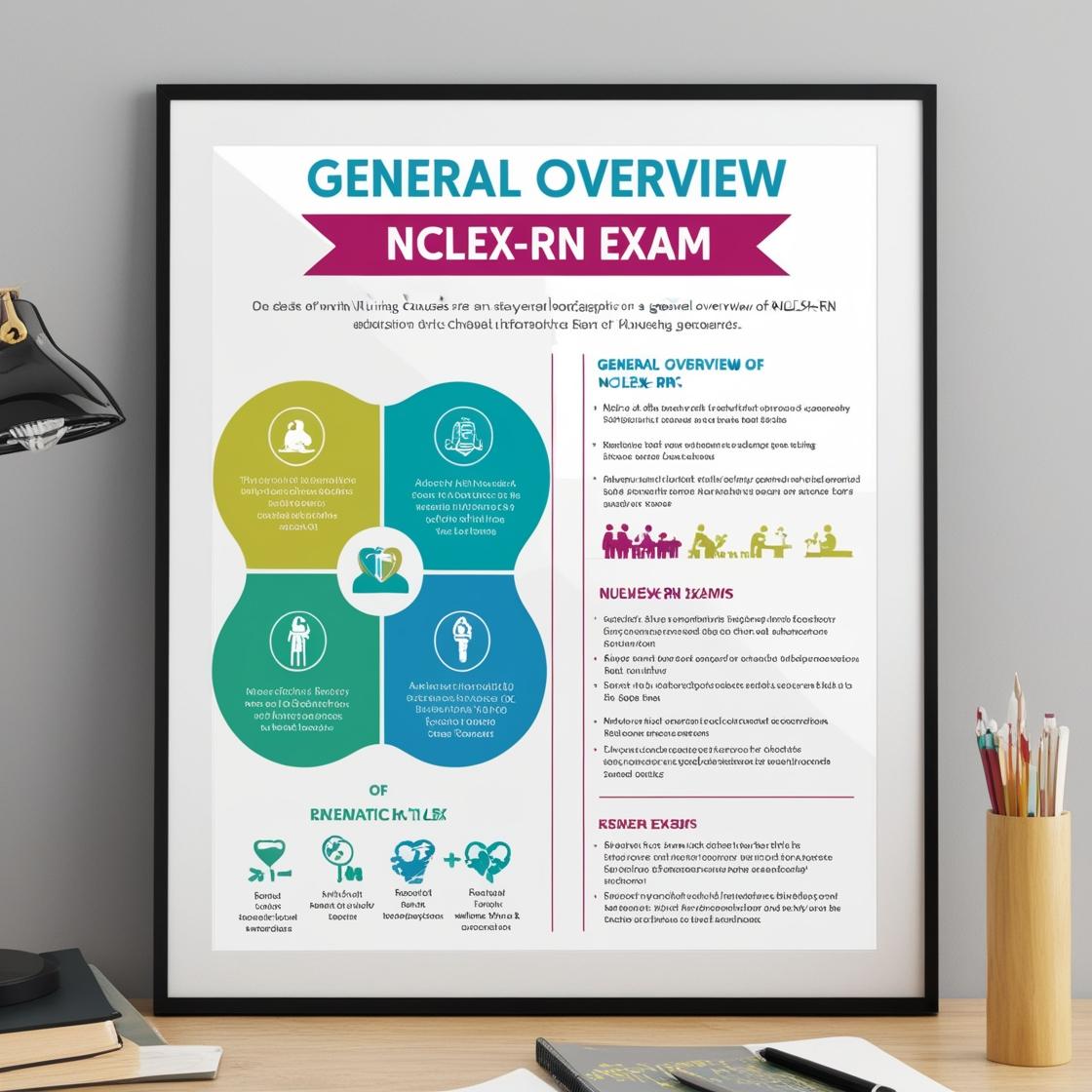NCLEX-RN
NCLEX RN Predictor Exam
1. A patient's urine specimen tested positive for bilirubin. Which of the following is most true?
- A. The patient should be evaluated for kidney disease
- B. The specimen was probably left at room temperature for more than two hours
- C. The specimen is positive for bacteria
- D. The specimen should be stored in an area protected from light
Correct answer: D
Rationale: Bilirubin is easily broken down by light, so all samples testing positive for bilirubin should be protected from light exposure. Storing the specimen in an area protected from light helps maintain the integrity of the bilirubin levels for accurate testing. Choice A is incorrect because the presence of bilirubin in urine does not necessarily indicate kidney disease. Choice B is incorrect as the exposure to light, not room temperature, affects bilirubin levels. Choice C is incorrect as the presence of bilirubin does not indicate the presence of bacteria in the specimen.
2. Which of the following descriptors is most appropriate to use when stating the 'problem' part of a nursing diagnosis?
- A. Grimacing
- B. Anxiety
- C. Oxygenation saturation 93%
- D. Output 500 mL in 8 hours
Correct answer: B
Rationale: The problem part of a nursing diagnosis in the context of nursing care plans should focus on the client's response to a life process, event, or stressor. This response is what is used to identify the nursing diagnosis. 'Anxiety' is the most appropriate descriptor for the problem part of a nursing diagnosis as it reflects a psychological response that can be addressed by nursing interventions. 'Grimacing' is a physical manifestation and not the problem itself. 'Oxygenation saturation 93%' and 'Output 500 mL in 8 hours' are data points or cues that a nurse would use to formulate the nursing diagnostic statement, not the actual problem being addressed.
3. For the nursing diagnostic statement, Self-care deficit: feeding related to bilateral fractured wrists in casts, what is the major related factor or risk factor identified by the nurse?
- A. Discomfort
- B. Deficit
- C. Feeding
- D. Fractured wrists
Correct answer: D
Rationale: The correct answer is 'Fractured wrists.' In a nursing diagnostic statement, the related factor or risk factor is the underlying cause of the identified problem. In this case, the major factor affecting the self-care deficit in feeding is the bilateral fractured wrists in casts. The fractured wrists directly impact the client's ability to feed themselves, making it the primary related factor. Choices A, B, and C are incorrect as discomfort, deficit, and feeding are not the primary cause of the feeding problem in this scenario; rather, it is the physical limitation caused by the fractured wrists that is the focus of the nursing intervention.
4. In addition to standard precautions, the nurse caring for a patient with rubella would plan to implement what type of precautions?
- A. Droplet precautions
- B. Airborne precautions
- C. Contact precautions
- D. Universal precautions
Correct answer: A
Rationale: Rubella is an illness transmitted by large-particle droplets, so the nurse should implement droplet precautions in addition to standard precautions. Airborne precautions are used for diseases spread through small particles in the air, such as tuberculosis, varicella, and rubeola. Contact precautions are utilized for diseases transmitted by direct contact with the patient or their environment. Universal precautions and body substance isolations are part of the CDC's standard precautions recommendations, but do not specifically address the transmission route of rubella.
5. A client on the nursing unit is terminally ill but remains alert and oriented. Three days after admission, the nurse observes signs of depression. The client states, 'I'm tired of being sick. I wish I could end it all.' What is the most accurate and informative way to record this data in a nursing progress note?
- A. Client appears to be depressed, possibly suicidal
- B. Client reports being tired of being ill and wants to die
- C. Client does not want to live any longer and is tired of being ill
- D. Client states, 'I'm tired of being sick. I wish I could end it all.'
Correct answer: D
Rationale: Subjective data includes thoughts, beliefs, feelings, perceptions, and sensations that are apparent only to the person affected and cannot be measured, seen, or felt by the nurse. This information should be documented using the client's exact words in quotes. The other options indicate that the nurse has drawn the conclusion that the client no longer wishes to live. From the data provided, the cues do not support this assumption. A more complete assessment should be conducted to determine if the client is suicidal.
Similar Questions

Access More Features
NCLEX RN Basic
$69.99/ 30 days
- 5,000 Questions with answers
- Comprehensive NCLEX coverage
- 30 days access @ $69.99
NCLEX RN Premium
$149.99/ 90 days
- 5,000 Questions with answers
- Comprehensive NCLEX coverage
- 30 days access @ $149.99
